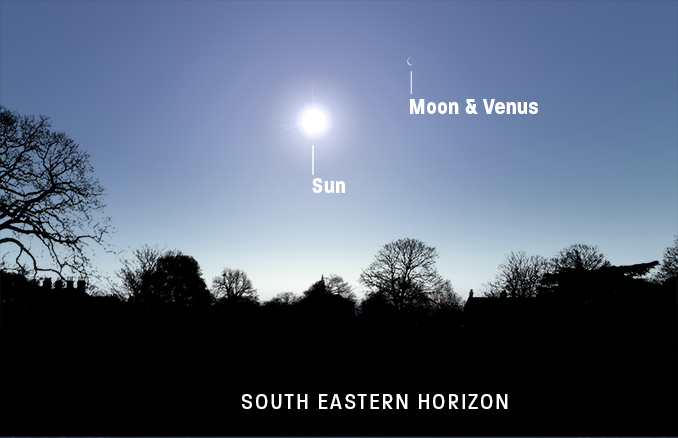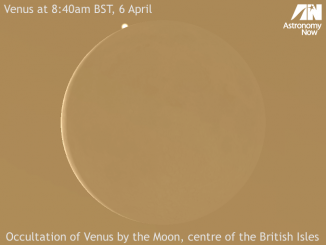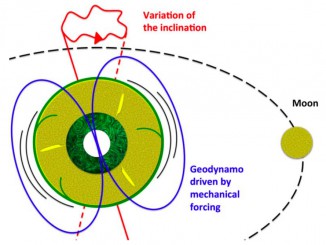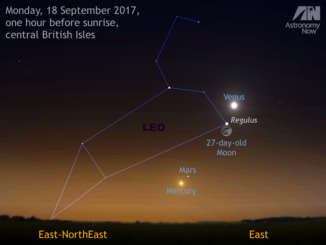The Moon occults Venus on the morning of Friday 19 June in an exciting and quite rare event, which can be observed across the whole of the UK through a pair of binoculars or a small telescope. In broad daylight, Venus will disappear behind the Moon for just over an hour, from about 8.37am (all times BST; subtract an hour for UT). The exact timing of the beginning of the occultation will depend on where in the UK you are, with the pair well up in the eastern sky.

There’s a major caveat, however, in that the Sun is also above the horizon and sits close by (around 22 degrees to the east, or lower left, of Venus and the Moon; to get some sense of how close this is, a fist held out at arm’s length covers about 10 degrees across the knuckles). WARNING: it’s not recommended that a lay person or inexperienced observer attempt to view this event. The Sun can be a lethal menace to the uninformed or unwary, because if it enters the field of view of your telescope, even momentarily, its concentrated heat and light can cause severe and even permanently damage to your eyesight.
In the pre-dawn of 19 June, from London, the Moon rises at around 3.36am, closely followed by Venus at about 3.43am (from Birmingham and Edinburgh, these times are 3.40am/3.46am and 3.30am/3.35am, respectively). Venus is now emerging from the Sun’s immediate vicinity following its inferior conjunction on 3 June, and the planet exhibits a narrow, 7.8 per cent-illuminated crescent across its relatively large disc (51 arcseconds). The 27.6-day-old Moon is at a waning four per cent crescent phase. At this stage, the pair are around 2.5 degrees apart.
If you are planning to view or image the event through a telescope, then it’s a good idea to set up early to try to centre Venus in your field of view and then follow it past sunrise through to the occultation. You’ll need a decent viewing outlook to the east-north-east though, as Venus and the Moon climb to an altitude of only about ten degrees, at best, before sunrise, which takes place between 4.26am (from Edinburgh) and 4.44am (from Birmingham).

As the morning progresses, the Moon closes in on Venus as the pair climb further clear of the horizon. If you’re not able to make an early start, then a GoTo mount with a ‘home’, or ‘park’ feature will get you to Venus, but keep the cap on your telescope and finderscope until you’re sure the Sun cannot enter your field of view. When searching for Venus and the Moon, binocular users will benefit greatly by hiding the Sun behind an obstruction, like a wall or a fence.
Venus is finally engulfed by the Moon, disappearing behind the illuminated edge of our natural satellite between 8.37am and 8.41am, depending on your location. The pair now lie at an advantageous altitude of over 40 degrees. As with all occultation events, it’s prudent to start watching perhaps 15 minutes or so earlier. Venus takes around an hour to reappear at the Moon’s opposite dark limb (between 9.40am and 9.48am).



